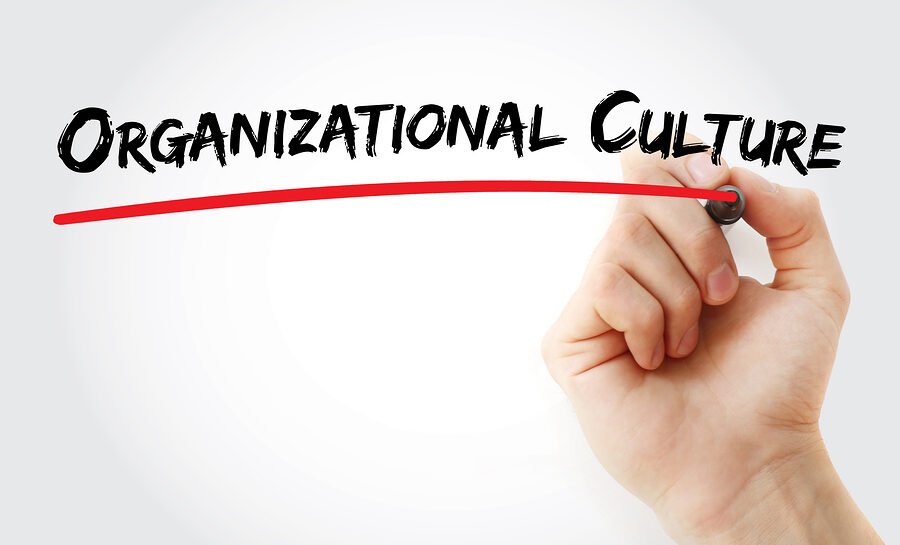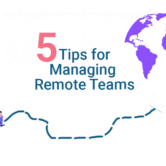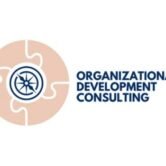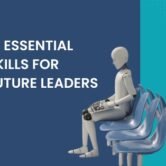12 Types of Organizational Culture You Should Know

When people think of what makes a company great, their first thoughts often go to innovation, products, or profitability. But behind every successful business lies something less tangible yet incredibly powerful: organizational culture. The culture of an organization defines how employees interact, solve problems, collaborate, and ultimately achieve results.
Understanding organizational culture is not just an academic exercise—it’s critical for growth, adaptability, and long-term success. Whether a company invests in organizational development consulting or internal leadership programs, culture plays a defining role in shaping employee engagement and organizational performance.
In this blog, we’ll explore 12 types of organizational culture, their characteristics, and how they can impact your business. We’ll also discuss how approaches like organizational change management, organizational development training, and comprehensive organizational development programs can help refine culture to achieve company goals.
1. Clan Culture
Clan culture is often compared to a family-like environment. Companies with this culture focus heavily on collaboration, mentorship, and employee involvement. Employees feel like valued members of a community, and loyalty is typically high. This culture thrives in organizations that emphasize teamwork and personal growth.
2. Adhocracy Culture
Adhocracy values innovation and risk-taking. Startups or tech-driven organizations often embody this culture, encouraging employees to experiment with ideas and challenge the status quo. Adaptability and creativity are prioritized over rigid rules.
3. Market Culture
Market culture is performance-driven, focusing on competition, targets, and results. Success is measured by metrics such as sales, growth, or market share. Employees in this culture are motivated by winning and achieving measurable goals.
4. Hierarchy Culture
This culture emphasizes structure, rules, and control. Decision-making often follows a chain of command, and consistency is valued above all. It’s common in government agencies, hospitals, or large corporations where precision and compliance are critical.
5. Purpose-Driven Culture
Companies with a strong sense of purpose build their culture around a mission greater than profits. Employees are motivated by the positive impact their work has on society, customers, or the environment. This culture is common in non-profits and sustainability-focused companies.
6. Customer-Focused Culture
Customer-focused cultures prioritize the needs of clients above everything else. Businesses in retail, hospitality, and service industries thrive when they create a culture centered on customer satisfaction and loyalty.
7. Innovation Culture
Innovation cultures celebrate creativity and continuous improvement. Employees are encouraged to question existing processes and propose fresh ideas. Companies like Google or Apple have thrived on fostering this type of culture.
8. Accountability Culture
In an accountability culture, employees take ownership of their actions and results. This creates transparency, trust, and performance alignment. Mistakes are seen as opportunities for learning rather than reasons for punishment.
9. Learning Culture
Organizations with a learning culture focus on development and knowledge sharing. Employees are encouraged to pursue organizational development training opportunities and stay updated with industry trends. Companies with this culture often invest heavily in employee education and growth.
10. Collaborative Culture
Collaboration is the hallmark of this culture. Teams work together to achieve common goals, with communication and cooperation at the center of operations. Collaborative cultures are especially powerful in remote or hybrid work environments where alignment is critical.
11. Results-Oriented Culture
Results-oriented cultures celebrate achievement and recognize employees who consistently deliver outcomes. This culture drives productivity but may sometimes create high-pressure environments if not balanced with employee well-being.
12. Agile Culture
Agile cultures are highly adaptive, embracing change quickly and efficiently. Often found in technology companies or fast-paced industries, this culture thrives on flexibility and rapid responses to shifting markets.
Why Understanding Organizational Culture Matters
Recognizing and shaping organizational culture isn’t optional—it’s essential. A strong culture can boost employee satisfaction, increase retention, and align the workforce with company goals. On the other hand, a toxic or misaligned culture can undermine performance and lead to disengagement.
This is where organizational development consulting becomes a game-changer. Consultants help companies assess their culture, identify strengths and weaknesses, and implement strategies that support long-term growth. Through tools like employee surveys, focus groups, and leadership workshops, consultants guide organizations toward cultures that reflect their values and business strategies.
How Organizational Development Programs Shape Culture
Culture doesn’t change overnight. It requires structured interventions like organizational development programs, which provide frameworks to align leadership, strategy, and employee behavior. These programs often combine:
- Organizational change management strategies to reduce resistance.
- Leadership coaching to drive cultural transformation.
- Organizational development training that equips employees with the tools to thrive in the desired culture.
Such initiatives ensure that cultural change is sustainable and woven into the daily fabric of an organization.
Final Thoughts
Every organization has a culture, whether intentionally shaped or left to evolve naturally. By understanding the 12 types of organizational culture, leaders can identify where their company stands today and where it needs to go.
With the help of organizational development consulting, structured organizational development programs, and effective organizational change management, businesses can create cultures that not only engage employees but also drive innovation, adaptability, and long-term success.










